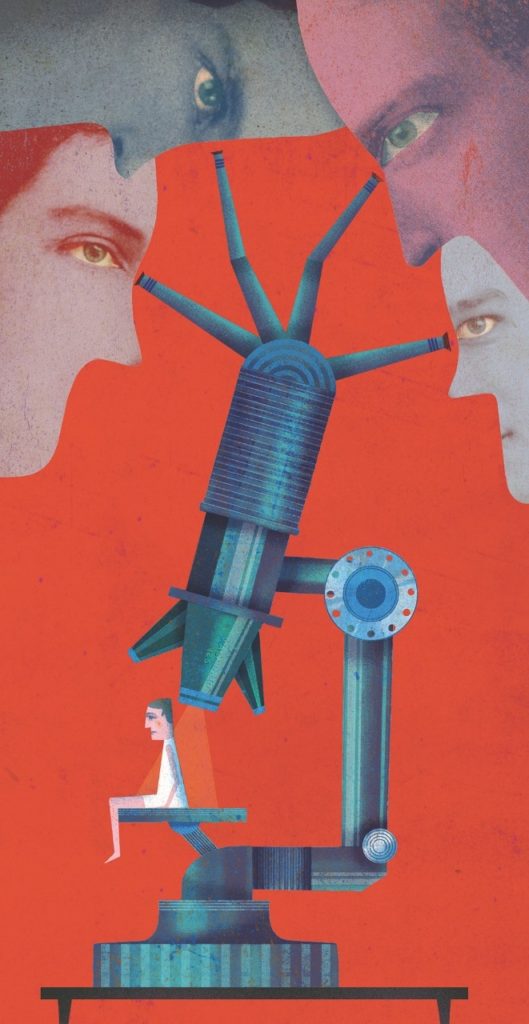The medical mystery tour
Stanford researcher is the steering committee co-chair of the National Institutes of Health’s Undiagnosed Diseases Network.

An undiagnosed illness, says Euan Ashley, is a particular agony. Families endure odysseys of doctor visit after doctor visit, telling their stories again and again, accumulating debt, exhaustion and an electronic trail of expensive test results.
“Of course, you have the symptoms and signs that any illness has, but just not knowing what it is — not having a name for it, not knowing what the course of it is likely to be, not knowing if you share this with any other people — is a severe form of torment,” says Ashley, MRCP, DPhil, a Stanford associate professor of cardiovascular medicine and of genetics.
Ashley is the steering committee co-chair of the National Institutes of Health’s Undiagnosed Diseases Network, which aims to harness the expertise of physicians at seven major medical centers to diagnose and build knowledge about rare diseases.
The co-principal investigators at Stanford are Paul Fisher, MD, professor of pediatrics, and Jon Bernstein, MD, PhD, assistant professor of pediatric medical genetics. The network builds on an NIH pilot program that was able to diagnose about 25 percent of those evaluated.
Within two years, the UDN expects to treat 250 patients per year. Each will have his or her genome sequenced, and will be accepted from anywhere in the country without regard to ability to pay. “Rare disease touches all sectors of society,” says Ashley, “and certainly no one of us is immune.”
